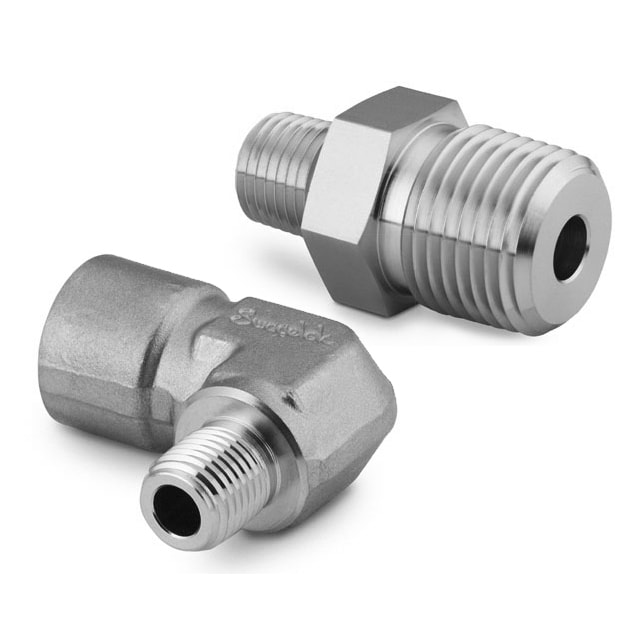I agree. And was fine that way for years with standard compression fittings being used in wet locations until someone came up with a "raintight fitting" that actually had little to no improvement over what we already had but needed it to be listed differently so they can sell more of them.
A little surprising similar hasn't happened with these LT flex fittings. Not only do people couple them to another raceway with rigid couplings but also put them into reducing bushings, threaded hubs on conduit bodies, boxes, some motor terminal boxes (pecker heads), etc. some of those items are straight thread some are tapered thread. Not many inspectors pay much attention to details on this though, some might even be aware of the listing complexities yet still ignore it in most these situations as they are practical and been there themselves. The ones that have little or no installation experience or were maybe always given a hard time by some inspector when they were an installer are the ones that tend to make a big deal over such things just to take out their prior frustration on others.


